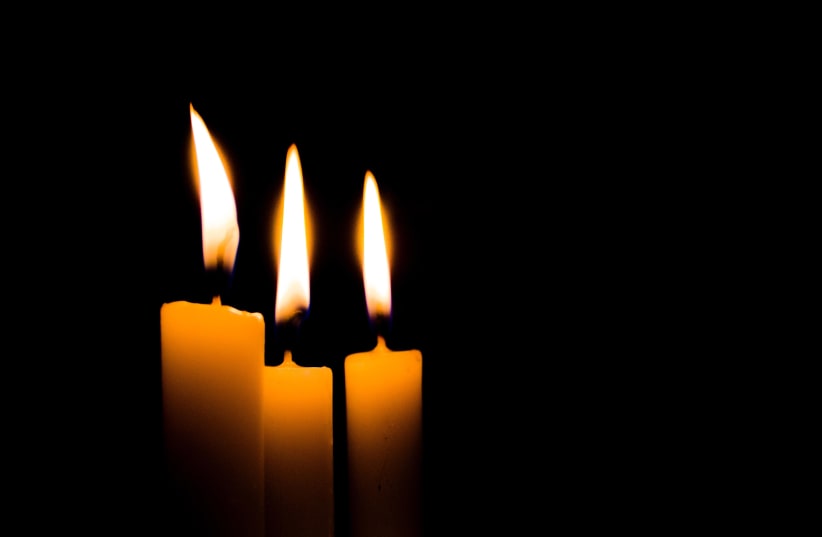Rescued by Jews during the Holocaust: Solidarity in a disintegrating world
The six survivors chosen as torchlighters for the Holocaust Remembrance Day opening ceremony all share a common thread. They or their families embody the selfless choice to assist fellow Jews.
